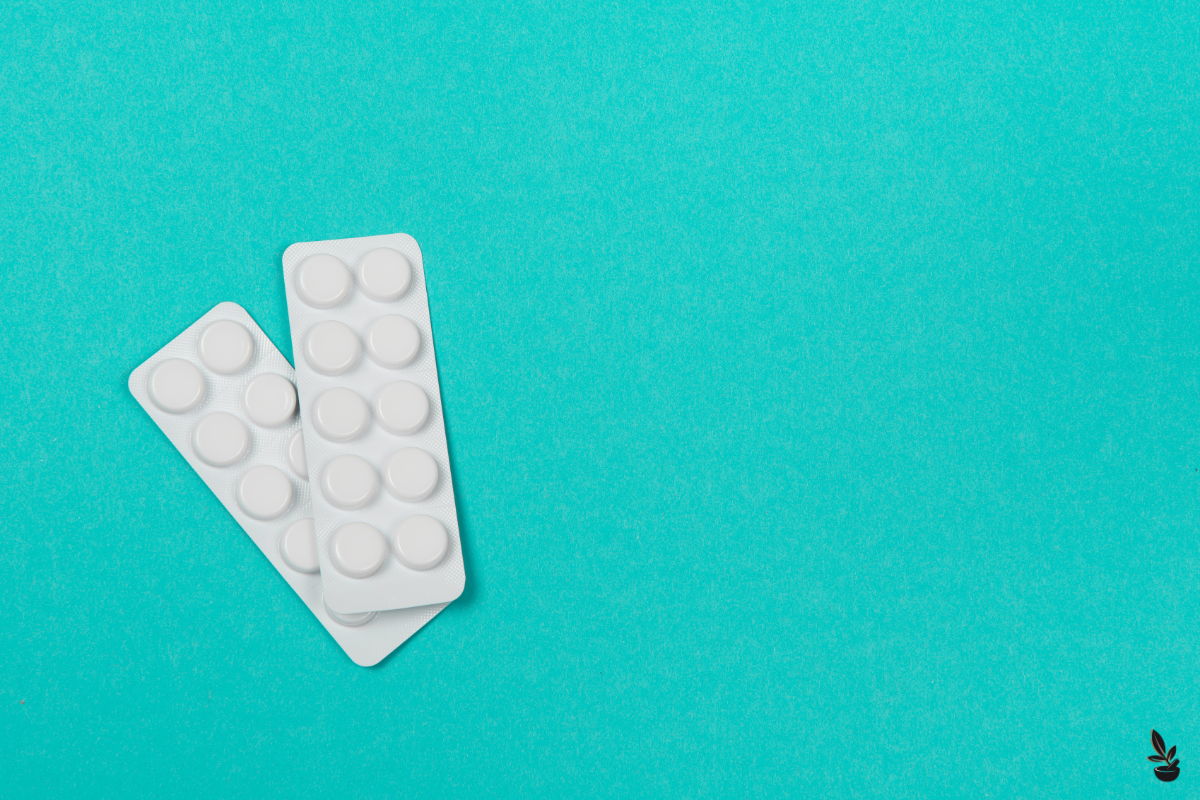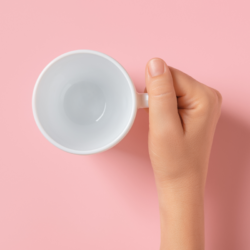Faced with the recent shortage of paediatric paracetamol in France, many parents are wondering whether it is possible to give adult Doliprane 1000 to children This situation, exacerbated by high paracetamol consumption due to seasonal illnesses such as flu and febrile conditions, has led to a stock-out of this essential medicine. Doliprane, known for its analgesic and antipyretic properties, has seen its stocks dwindle, raising concerns and questions. In this context, it is crucial to examine medical recommendations and possible alternatives, while ensuring the safety and effectiveness of the treatment for young patients.
[Warning: The information provided in this article is for general information purposes only and does not constitute professional medical advice. Any decision regarding the use of the treatments discussed in this article should be made in consultation with a qualified healthcare professional. The information presented here is based on knowledge available at the date of publication and may not reflect the latest scientific advances. It is always essential to consult a doctor or other qualified healthcare professional before starting, modifying or stopping any medical treatment. Under no circumstances should you use the information contained in this article to diagnose or treat a medical condition]
What is Doliprane 1000?
Doliprane 1000 mg, also known as paracetamol, is a medicine used to treat mild to moderate pain and fever. This tablet is mainly indicated for adults and children weighing more than 50 kg, i.e. aged 15 and over. It is recognised for its effectiveness in relieving a variety of ailments, including flu-like symptoms, headaches, toothache, aches and pains and painful periods.
Active ingredients and their functions
The main active ingredient in Doliprane 1000 is paracetamol, a substance renowned for its analgesic (pain-relieving) and antipyretic (fever-reducing) action. In addition to paracetamol, the tablet also contains other components such as povidone, pregelatinised starch, sodium carboxymethyl starch, talc and magnesium stearate, which contribute to its shape and stability. It is important to follow the dosage instructions carefully to avoid any risk of overdose, which is particularly harmful to the liver.
Can Doliprane 1000 be given to children?
In the event of a shortage, it is preferable to turn to paediatric alternatives under the supervision of a health professional. The ANSM stresses the importance of adjusting the dosage to the child’s weight, approximately 60 mg/kg/day, divided into several doses. An overdose can have serious consequences, especially in young children.
Can I cut Doliprane 1000 into pieces and give it to my child?
Doliprane 1000 for adults should not be given to children. The form and dosage of paracetamol should be adapted to the child’s age and weight. “Tinkering with an adult tablet, such as cutting a Doliprane 500 in half, is not a safe practice, as it may lead to an inappropriate dosage.
When should Doliprane be given to a child?
Fever in young children is common and often worrying for parents. However, it is crucial to understand that a high fever does not automatically mean a serious illness. It is essential to monitor the child’s behaviour, as signs such as lethargy, excessive irritability or convulsions may indicate the need for immediate medical attention.
When fever is present, paracetamol is often used to reduce it. However, its administration must be cautious. It is advisable to administer paracetamol if the child’s temperature exceeds 38.5°C and is accompanied by malaise. However, it is essential to consult a health professional to assess the appropriateness of using paracetamol and adjust the dosage according to the child’s weight.
It is also important to know when to consult a doctor. If the fever persists for more than two days, or if it occurs in a child under the age of three months, medical attention is required. In addition, any unusual behaviour on the part of the child requires appropriate medical assessment.
Is it always necessary to reduce a child’s fever?
It is not always necessary to give a child paracetamol to bring down a fever. It is recommended only if the fever is not well tolerated or is causing discomfort. A child with a temperature of 38 or 38.5°C who feels well does not necessarily need to be given paracetamol. The aim is to relieve the child’s discomfort rather than aiming for a precise figure on the thermometer. In the event of a fever, it’s important to make sure your child is adequately hydrated, not to cover him up too much, even if he’s shivering, not to overheat his room and to air the house properly.
How can I relieve my child’s fever?
When a child has a fever, it’s essential to take certain steps to ease their discomfort and help them recover. Here are a few recommendations:
- Maintain adequate hydration: Make sure your child drinks enough water to avoid dehydration, especially if he or she is showing signs of high fever.
- Light clothing: Dress your child in light, comfortable clothing to promote air circulation and help regulate body temperature.
- Rest: Encourage your child to rest and stay in bed as much as possible to promote healing and reduce fatigue.
- Use of antipyretic medication: If necessary, administer medication such as paracetamol or ibuprofen, as recommended by a healthcare professional, to reduce fever and relieve associated pain.
- Lukewarm baths: Lukewarm baths can be beneficial in lowering a child’s body temperature. Take care not to use cold water, as this could cause thermal shock.
- Regular monitoring: Monitor the child’s temperature regularly with a thermometer to keep track of the fever and take appropriate action if necessary.
- Medical consultation: If the fever persists for more than a few days, if it is high or if the child presents other worrying symptoms, consult a health professional as soon as possible for an examination and appropriate recommendations.
How do I give Doliprane to a child?
Given the shortage of paracetamol, the ANSM stresses the importance of choosing the right pharmaceutical form for the child’s weight. The forms available vary according to weight, offering options such as oral solutions or suppositories.
| Child’s weight | Pharmaceutical form | Name of corresponding medicine |
|---|---|---|
| 3 to 4 kg | Drinkable suspension | Doliprane 2.4%, Dolko 60 mg/2 ml |
| 4 to 6 kg | Drinkable suspension | Efferalganmed paediatric 30 mg/ml |
| Suppository | Efferalganmed 80 mg, Doliprane 100 mg scored | |
| Powder for solution | Efferalganmed 80 mg | |
| 6 to 8 kg | Drinkable suspension | Efferalganmed paediatric 30 mg/ml |
| Suppository | Doliprane 100 mg scored | |
| Powder for solution | Efferalganmed 80 mg, Doliprane 100 mg | |
| 8 to 12 kg | Drinkable suspension | Efferalganmed paediatric 30 mg/ml |
| Suppository | Doliprane 150 mg, Efferalganmed 150 mg | |
| Powder for solution | Efferalganmed 80 mg, Doliprane 100 mg, Doliprane 150 mg | |
It is important to follow the recommended dosage of 60 mg/kg/day, divided into several doses, and to adapt the medicine to the child’s weight. If replacing one medicine with another, check the specific instructions and consult a healthcare professional for appropriate advice. For more detailed information, please consult the ANSM website or the summaries of product characteristics for the medicines concerned.
Can Doliprane be replaced by aspirin?
Non-steroidal anti-inflammatory drugs (NSAIDs) such asibuprofen andaspirin are indeed considered alternatives to paracetamol. However, there are a number of aspects to consider before opting for these drugs. Firstly, it is important to note that ibuprofen and aspirin are not recommended as first-line treatments for fever in children. This is because the use of these NSAIDs can sometimes lead to bacterial superinfections.
For example, in the case of bacterial angina, taking NSAIDs could aggravate the situation by encouraging bacteria to multiply, which could lead to dangerous superinfection. This is why it is essential to use them only occasionally and as a second-line treatment, particularly when a viral infection has been diagnosed.
So, although aspirin can be an alternative to paracetamol, it is crucial to consider the risks associated with its use, particularly in children. It is therefore advisable to consult a healthcare professional before opting for NSAID-based treatment, in order to assess the benefits and risks specific to each situation.
What are the natural alternatives to Doliprane for fever in children?
There are several natural alternatives to Doliprane for fever in children. Homeopathic remedies can be a safe and effective option for relieving fever while respecting the principles of natural medicine. Here are four homeopathic remedies commonly used to treat fever in children:
- Aconite 9CH: This remedy is recommended for fevers of sudden onset, often accompanied by a very high temperature (40°C). Children who take Aconite are generally very thirsty but do not sweat much. The usual dose is one dose repeated every 3 hours, then every 6 hours if necessary.
- Ferrum phosphoricum 9CH: Recommended for mild to moderate fevers (around 38.5°C), which rise slowly. Children who benefit from this remedy generally have a pale complexion, clammy hands and moderate thirst. Ferrum phosphoricum can also be useful in the early stages of otitis. The standard dose is 5 granules four times a day.
- Gelsemium 7CH: This remedy is indicated when fever is not accompanied by thirst, but leaves the child in a drowsy, dazed state. The usual dose is 2 granules three times a day.
- Belladonna 9CH: Used in cases of sudden high fever (between 39 and 40°C), with profuse sweating and intense thirst. Children in need of Belladonna may have a flushed face, bright eyes and staring eyes. The recommended dose is 5 granules every two hours.
It is important to consult a healthcare professional or homeopath for personalised advice on the appropriate use of these remedies in children, particularly if the fever persists or worsens.
Can Doliprane 1000 be taken during pregnancy?
According to current knowledge, paracetamol, the main component of Doliprane 1000, can be used during pregnancy andbreast-feeding if necessary. However, it is crucial to follow medical and pharmaceutical recommendations.
Pregnant or breast-feeding women, or those considering pregnancy, are advised to consult their doctor or pharmacist before taking any medication, including the paracetamol contained in Doliprane 1000.
When using paracetamol during pregnancy andbreastfeeding, it is recommended that the lowest dose effective in relieving pain and/or fever be used, and that the duration of treatment be limited as much as possible. If symptoms persist, or if it is necessary to increase the frequency of use of the medicine, it is essential to contact a doctor.
As for the impact on fertility, studies suggest that paracetamol may impair fertility in women, but this is reversible once treatment is stopped. However, further research may be needed to fully assess this effect.
Source:
- ANSM – Updated on: 18/04/2023.DOLIPRANE 1000 mg, tablet Paracetamol







